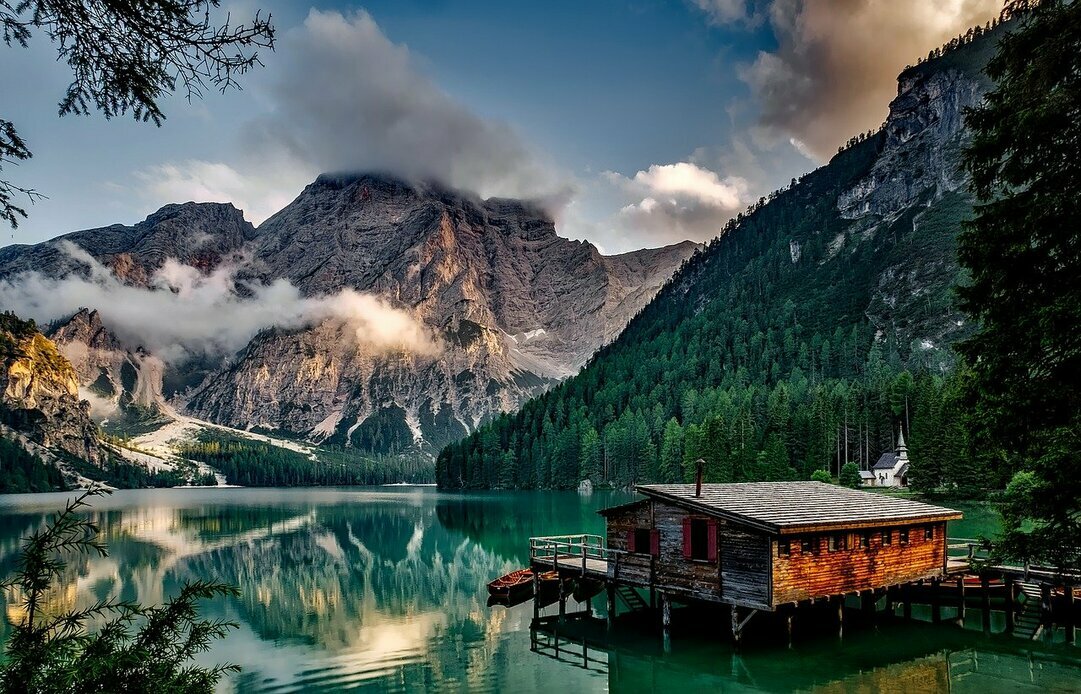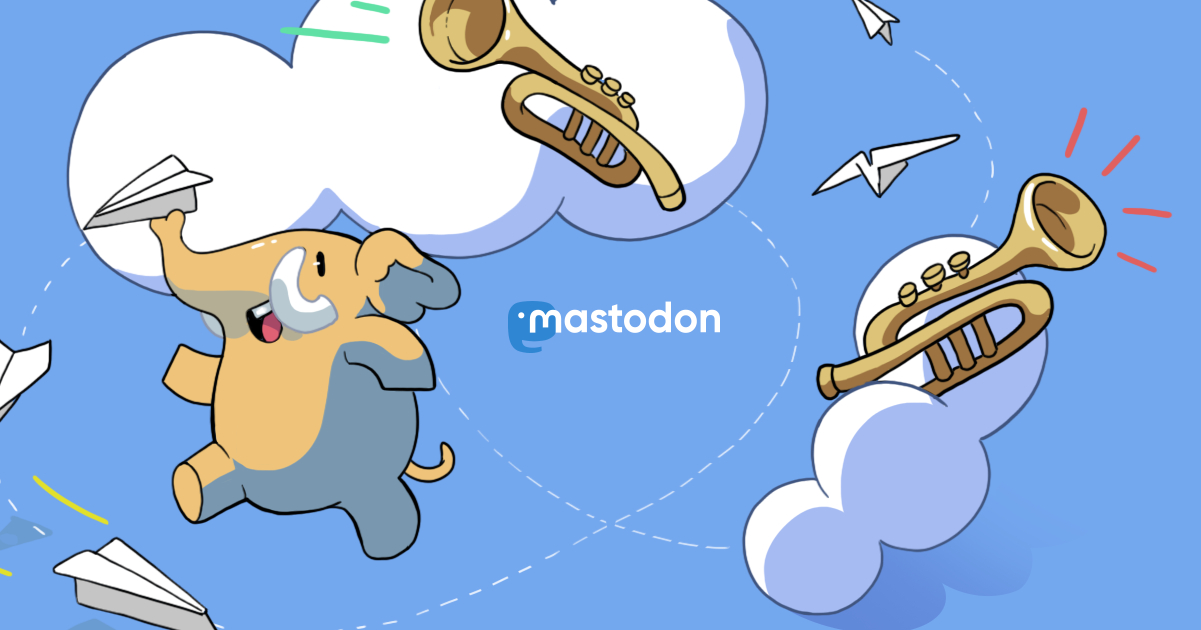
Highly recommended viewing:
https://www.pbs.org/wgbh/frontline/documentary/age-of-easy-money/
That session taught how much light pollution kills astrophotography. Try navigating star-field without seeing any stars in DSLR preview, basically you make adjustments to where you think your target is, then take a test shot, rinse and repeat. Then once you are done you trying to plate-solve it to confirm that you got framing right and at that time you see like your target is already behind some object nearby. Yeah I know people designed go to mounts and so on, but manual stuff is so much fun.
I managed to shoot 2 targets(actually way more than 2) last night, problem is that not the one I planned. Here are M44 aka Beehive Cluster on one image and M46 and M47 along with Collinder 155 and Collinder 156 on another. Shot with Canon EOS T3i, 135mm lens at F/4 and ISO 800. Total integration for M44 is about 40 min, M47 is about 10 min. #astropic
From the last few days, it seems that the only new feature of Siril is the addition of StarNet.
There is much more than that! Take a look at our changelog.
Your star FWHM should be 8% smaller with this version too.
Ladies and Gentlemen, let me introduce you to the new major version of Siril: Siril v1.2.0-beta1.
This version contains too many changes for us to explain everything in the release note.
Have a look here: https://siril.org/download/2023-02-24-siril-1.2.0-beta1/
There was glimpse of clear sky yesterday and I've decided to spend some time, taking 3 subjects in one shot: Monkey Head Nebula (NGC 2174), Jelly Fish Nebula (IC 443) and M35 star cluster from my Bortle 8. They form a triangle on this picture. This is first rough draft shot with Canon T3i, 135mm, 50 min total integration. #astropic
Given all the talks about balloons and other unknown objects being shoot down over US air space, here is something I've spotted back in September past year. What that is? I've dismissed it as balloon carried out by wind, however it hovered for a while in one spot and disappeared quite fast, so I have no idea what it was.
It's been a n interesting challenge to hunt C/2023 E3 ZTF comet, especially with the weather here lately. This was my first attempt to shoot and process comet and to make matters worse it was quite rainy on days when it was closest. First day I miscalculated position completely and missed it, second day I was closer catching it on the edge on my frame, third day was a charm perfectly centered as it was aligned with Capella. Shot with Canon EOS T3i, 135mm, F4 , 83min(int. time). #astropic
NGC 2626 along the Vela Molecular Ridge
Image Credit & Copyright: Mike Selby & Mark Hanson
Once icemagedon was over and sky became clear I've been chasing Green Comet aka C/2022 E3 ZTF with 135mm lens, using charts assuming where it can be. On a second night I was able to get it on the edge of the frame of just 10 lights x 20sec sub-exposures, before clouds rolled in. It suppose to become clear tomorrow, I'll continue that quest hoping to get more as it comes close(visually) to star called Capella. #astropic
My Luminance version of the comet.
Very nice to shoot and to process (always painful in fact).
Awesome event and venue, @kellylepo killed it!
---
RT @AoTBaltimore
Triton: the most extra of Jupiter's moons.
https://twitter.com/AoTBaltimore/status/1620603002590756864
I thought to myself what if I try to reprocess data that I took during my first attempt. Here is what I've got. Same 5 lights that I took 6 month ago, same tools for processing, but 6 month later I actually knew what I was doing. Bottom line I missed MilkyWay core, only got a bit on the bottom left side on my picture. #astropic
Here is my most recent attempt to capture M42. I could say that I am finally happy with this image, of course it was taken under Bortle 8 sky, that's the limitation. M42 shot with Canon EOS T3i, 135mm, F4, ISO 800, 20sec sub-exposures with total integration time 77min. #astropic
Decided to take couple short of M42 last night after my attempt to shoot M33 ended abruptly due to a roof top entering picture. So difference is really stark this is just 5 min of integration and you already see many details. So I am going to return back to my favorite target Orion for next session as it high enough and nicely located in my heavy light polluted area. M42 shot using Canon EOS T3i, 135mm, F4, ISO 800. #astropic
I've tried shooting out M33 last night, and understood how faint it is. Everything worked against was shooting towards light polluted area, it was not too high above horizon and half way towards my session I tumbled upon rooftop of my house. So here what I got with 20-ish min of total integration time, not much(small smudge towards middle). M33 shot using Canon EOS T3i, 135mm, F4, ISO 800. #astropic
